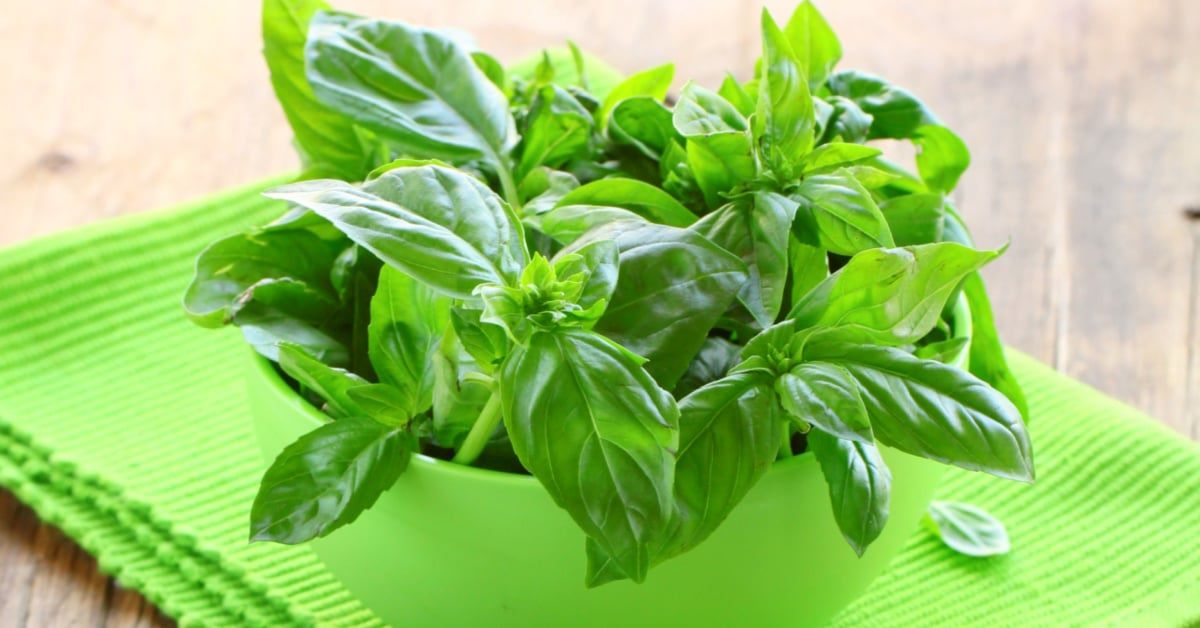

Articles
How To Store Fresh Basil Long Term
Modified: January 6, 2024
Learn the best methods to store fresh basil long term in this informative article. Keep your basil fresh and flavorful for extended periods.
(Many of the links in this article redirect to a specific reviewed product. Your purchase of these products through affiliate links helps to generate commission for Storables.com, at no extra cost. Learn more)
Introduction
Welcome to our comprehensive guide on how to store fresh basil long term. As any herb enthusiast knows, having access to fresh herbs can greatly enhance the flavor of your dishes. Basil, with its distinct aroma and taste, is a popular herb used in various cuisines around the world.
However, basil leaves have a limited shelf life and can spoil quickly if not stored properly. That’s where long-term storage methods come in handy. By properly storing your fresh basil, you can extend its life and enjoy its delicious flavor even months after harvesting.
In this article, we will walk you through the different methods and techniques for storing fresh basil long term. Whether you prefer to freeze, dry, or preserve basil in other ways, we’ve got you covered. So let’s dive in and learn how to keep your basil fresh and aromatic for as long as possible!
Key Takeaways:
- Preserve the vibrant flavor of fresh basil year-round by choosing the right variety, harvesting at peak freshness, and using methods like freezing, drying, or infusing in oil and vinegar. Enjoy basil-infused culinary adventures and elevate your dishes with preserved basil!
- Storing fresh basil long term ensures access to this versatile herb, saving money and enhancing dishes. From freezing for cooked recipes to drying for seasonings, get creative and savor the aromatic flavors of basil in your culinary creations.
Read more: How To Store Basil Long Term
Why Storing Fresh Basil Long Term is Important
Storing fresh basil long term is essential for several reasons. Firstly, it allows you to make the most out of your basil harvest. Basil plants tend to produce an abundance of leaves, especially during peak growing seasons. Instead of letting them go to waste, storing fresh basil ensures that you can continue to enjoy its flavor long after the harvesting period.
Secondly, by having a stash of preserved basil at hand, you won’t have to rely solely on store-bought dried basil, which may lack the vibrant flavor and aroma of freshly harvested leaves. Using home-preserved basil in your recipes adds a burst of freshness and elevates the overall taste of your dishes.
Furthermore, storing fresh basil long term allows you to have access to this versatile herb throughout the year. Basil thrives in warm climates and can be somewhat challenging to grow during colder months. By preserving basil, you can enjoy its taste and benefits regardless of the season.
Lastly, storing fresh basil long term can also save you money. Basil prices can fluctuate throughout the year, and buying it when it’s out of season can be quite expensive. By preserving your own basil, you can avoid these price hikes and have a cost-effective supply of this herb whenever you need it.
Now that we understand the importance of storing fresh basil long term, let’s move on to the next section to learn about choosing the right basil for preservation.
Choosing the Right Basil
When it comes to storing fresh basil long term, selecting the right variety of basil is crucial. While there are numerous varieties of basil available, not all of them are ideal for preservation. Here are some factors to consider when choosing the right basil:
Aroma and Flavor: Different basil varieties have distinct aromas and flavors. Sweet basil is the most commonly used variety, known for its slightly peppery and minty taste. Other popular varieties include Genovese basil, Thai basil, and lemon basil, each with its own unique aroma and flavor profile. Choose a variety that suits your taste preferences and the dishes you plan to use it in.
Growth Habit: Consider the growth habit of the basil variety you are selecting. Some basil plants grow tall and bushy, while others have a more compact growth habit. Depending on your available space and storage options, choose a variety that fits your needs. Compact varieties may be easier to store in limited spaces, such as a small refrigerator or freezer.
Resistance to Bolting: Bolting refers to the process of basil plants producing flowers and going to seed. This can cause the leaves to become bitter and lose their optimal flavor. Look for basil varieties that are known for their resistance to bolting, as this will ensure you have a longer window of time to harvest the leaves before the plant goes to seed.
Leaf Size: Consider the size of the basil leaves when choosing a variety for long-term storage. Larger leaves are easier to harvest, handle, and store. They can also be more versatile in recipes, as they can be used whole or chopped. However, smaller basil leaves can still be used for preservation if you prefer their flavor or have limited space for storage.
By taking these factors into account, you can select the right basil variety for long-term storage. Once you have chosen the perfect basil, it’s time to move on to the next step: harvesting the basil leaves for preservation.
Harvesting Basil for Long-Term Storage
Properly harvesting basil is crucial to ensure the best quality and flavor when storing it long term. Here are some tips to follow when harvesting basil for preservation:
Timing: Harvest basil leaves when the plant is mature and has plenty of foliage. Avoid harvesting from young plants or when they are flowering, as the leaves may not be as flavorful or robust. It’s best to harvest in the morning when the leaves are at their freshest.
Leaf Selection: Choose healthy, vibrant leaves for harvesting. Look for leaves that are free from any signs of disease, discoloration, or insect damage. Select the largest leaves first, as they tend to have the highest concentration of essential oils and flavor.
Harvesting Method: When harvesting basil, use clean and sharp scissors or pruning shears. Snip the leaves off near the stem, taking care not to damage the plant. Avoid tearing or bruising the leaves, as this can negatively impact their quality and longevity.
Pruning Technique: To encourage bushier growth and increased leaf production, prune basil plants regularly. Pinch off the top few inches of each stem, just above a leaf node. This will help stimulate new growth and ensure a continuous supply of fresh basil throughout the growing season.
Harvesting Quantity: Harvest only what you need at the moment to maintain the freshness of the remaining leaves. If you have an abundant basil harvest, plan to process and preserve the excess leaves immediately to prevent them from spoiling.
By following these guidelines, you can ensure that your basil leaves are harvested at their peak flavor and ready for long-term storage. The next step is to prepare the basil leaves for storage, which we will explore in the next section.
Preparing Basil for Storage
Before storing basil long term, it is important to properly prepare the leaves to maintain their freshness and flavor. Here are the steps to follow when preparing basil for storage:
Cleaning: Start by gently rinsing the basil leaves under cool running water to remove any dirt, debris, or insects. Be careful not to bruise or damage the leaves during this process. Once clean, gently pat them dry with a clean kitchen towel or paper towel.
Removing Excess Moisture: Excess moisture can accelerate the deterioration of basil leaves, so it’s important to remove as much moisture as possible before storage. Lay the basil leaves out on a clean kitchen towel or paper towel in a single layer and allow them to air dry for a few minutes. Alternatively, you can use a salad spinner to spin off the excess moisture.
Sorting and Discarding: While drying the basil leaves, take the time to sort through them and discard any damaged, wilted, or discolored leaves. Removing these leaves will help maintain the quality of the remaining basil during storage.
Trimming Stem Ends: Trim off the ends of the basil stems, removing any brown or woody parts. This not only improves the appearance of the leaves but also helps the basil absorb moisture during storage.
Packaging: There are several options for packaging basil for long-term storage. You can either wrap the leaves in a damp paper towel and place them in a plastic bag, or store them loosely in a breathable container such as a glass jar with a loosely fitted lid.
Labeling and Dating: To keep track of your stored basil, consider labeling the packaging with the date of harvest. This will help you prioritize usage and ensure that you consume the oldest basil first to maintain freshness.
By following these preparation steps, you can ensure that your basil leaves are clean, dry, and ready for long-term storage. Next, we will explore various methods for storing fresh basil, including refrigeration, freezing, drying, and preserving in oil and vinegar.
Read more: How To Store Fresh Basil
Storing Fresh Basil in the Refrigerator
One of the simplest methods for storing fresh basil long term is by keeping it in the refrigerator. This method helps to preserve the freshness and flavor of the basil leaves. Here’s how you can store fresh basil in the refrigerator:
Method 1: Water Storage
- Trim the ends of the basil stems.
- Place the basil stems in a glass or jar filled with about an inch of water.
- Loosely cover the basil leaves with a plastic bag or a piece of plastic wrap.
- Store the basil in the refrigerator, making sure to change the water every couple of days to keep it fresh.
Method 2: Paper Towel Wrap
- Gently wrap the cleaned and dry basil leaves in a slightly damp paper towel.
- Place the wrapped basil leaves in a plastic bag, ensuring that the bag is not sealed tightly to allow for some airflow.
- Store the bag in the refrigerator, where the basil will stay fresh for up to a week.
In both methods, it is essential to keep the basil away from ethylene-producing fruits and vegetables, such as tomatoes and bananas, as these can accelerate the wilting and deterioration of the basil leaves.
When you’re ready to use the stored basil, simply remove the leaves from the refrigerator and pat them dry if necessary. Remember to use the basil as soon as possible for the best flavor and aroma.
The fridge method is ideal for short-term storage, but if you want to preserve basil for a longer duration, freezing or drying the leaves is the way to go. We will explore these methods further in the next sections.
To store fresh basil long term, trim the stems and place in a glass of water, cover with a plastic bag, and store in the refrigerator. Change the water every few days to keep the basil fresh.
Freezing Fresh Basil
Freezing fresh basil is a popular method for long-term preservation as it helps retain the flavor and aroma of the leaves. Freezing basil allows you to have access to the herb whenever you need it, regardless of the growing season. Here’s how you can freeze fresh basil:
- Clean the basil leaves thoroughly under cool running water and pat them dry with a clean kitchen towel or paper towel.
- Remove the leaves from the stems, discarding any damaged or discolored leaves.
- For convenience, you can choose to keep the basil leaves intact or chop them into smaller pieces.
- Place the basil leaves into a sealable plastic bag or an airtight container.
- You can choose to blanch the basil leaves before freezing to help retain their color and flavor. To blanch, briefly dip the basil leaves in boiling water for a few seconds, then transfer them to an ice bath to cool quickly. Pat them dry before freezing.
- Remove as much air as possible from the bag or container and seal it tightly.
- Label the storage container with the date of freezing and place it in the freezer.
Frozen basil can be used directly from the freezer in cooked dishes, such as soups, sauces, and stews. Keep in mind that the texture of the leaves may change after freezing, so it’s best to use frozen basil in recipes where the leaves will be cooked or blended.
Alternatively, you can also freeze basil in the form of pesto. Simply blend the basil leaves with olive oil, garlic, nuts (such as pine nuts or walnuts), Parmesan cheese, and a pinch of salt. Spoon the pesto into ice cube trays, freeze until solid, then transfer the pesto cubes to a freezer bag for easy portioning and storage.
Frozen basil can be stored for up to six months, allowing you to enjoy the flavor of fresh basil even when it’s out of season. In the next section, we will explore another popular method for long-term basil storage: drying.
Drying Fresh Basil
Drying fresh basil is a classic method of preserving the herb that concentrates its flavor and allows for long-term storage. Dried basil is versatile and can be used in various dishes, including sauces, soups, stews, and marinades. Here’s how you can dry fresh basil:
- Start by harvesting the basil leaves, following the steps mentioned earlier in the article.
- Gently rinse the basil leaves under cool running water to remove any dirt or debris. Pat them dry with a clean kitchen towel or paper towel.
- You have a few options for drying basil:
- Air Drying: Gather the basil leaves into small bunches and tie them with twine or a rubber band. Hang the bunches upside down in a cool, well-ventilated area away from direct sunlight. Allow the basil to dry for about 1-2 weeks or until the leaves become brittle and crumble easily when touched.
- Oven Drying: Preheat your oven to the lowest temperature setting. Place the basil leaves in a single layer on a baking sheet lined with parchment paper. Leave the oven door slightly ajar to allow moisture to escape. Bake the leaves for 2-4 hours or until they are completely dry and crumbly.
- Dehydrator Drying: If you have a food dehydrator, spread the basil leaves in a single layer on the dehydrator trays. Set the dehydrator to a low temperature (typically around 95°F/35°C) and let the basil dry for 4-6 hours or until it is crisp and brittle.
- Once the basil leaves are completely dry, remove them from the stems and crumble them into small pieces.
- Store the dried basil in an airtight container, such as a glass jar or a resealable plastic bag. Label the container with the date of drying.
Dried basil can be stored in a cool, dark place for up to a year. Over time, the flavor and aroma of dried basil may diminish, so it’s best to use it within six months for the best results.
When using dried basil in recipes, remember that the flavor is more concentrated compared to fresh basil. Start with a small amount and adjust according to your taste preferences. Dried basil is especially suited for long-cooked dishes where it has time to rehydrate and release its flavor.
Now that you know how to dry basil, let’s explore another creative way to store and enjoy the flavor of this herb: making basil-infused oil.
Making Basil-Infused Oil
Basil-infused oil is a delicious way to preserve the flavor of fresh basil while adding a subtle aromatic note to your culinary creations. It can be used as a dressing, a marinade, or a drizzle over dishes like salads, pasta, and roasted vegetables. Here’s how you can make basil-infused oil:
- Start by thoroughly cleaning and drying the basil leaves as mentioned earlier in the article.
- Choose a high-quality oil with a mild flavor, such as extra-virgin olive oil. You can also experiment with different oils like grapeseed oil or avocado oil.
- Place the basil leaves into a clean and dry glass jar or bottle.
- Heat the oil in a saucepan over low heat until warm. Avoid overheating the oil as it may affect the flavor and quality.
- Pour the warm oil over the basil leaves, ensuring that all the leaves are submerged in the oil.
- Allow the mixture to cool to room temperature. Then, seal the jar or bottle with a tight-fitting lid.
- Store the basil-infused oil in a cool, dark place for at least one week to allow the flavors to meld.
- After a week, strain the oil to remove the basil leaves. You can use a fine-mesh strainer or cheesecloth to achieve a smooth oil without any residue.
- Transfer the infused oil to a clean, airtight container, preferably a dark glass bottle, to protect it from light exposure.
- Label the container with the date of preparation and the type of oil used.
When using basil-infused oil, remember that it is not recommended for long-term storage, as the oil can become a breeding ground for harmful bacteria. It is best to use it within one to two months and store it in the refrigerator to prolong its freshness.
Basil-infused oil adds a delightful herby flavor to your recipes and can be a versatile condiment in your kitchen. Experiment with different oils and herbs to create your own unique blends and elevate your dishes to new heights!
Next, let’s explore another method for preserving basil: storing it in vinegar.
Read more: How To Store Fresh Ginger Long Term
Storing Basil in Vinegar
Storing basil in vinegar is an interesting method that not only helps preserve the herb but also infuses the vinegar with its aromatic flavor. This basil-infused vinegar can be used in dressings, marinades, pickling, and even as a tangy addition to cocktails. Here’s how you can store basil in vinegar:
- Ensure the basil leaves are clean and completely dry before starting the process.
- Choose a high-quality vinegar, such as white wine vinegar or apple cider vinegar. The acidity of vinegar helps to preserve the basil leaves.
- Remove the stems from the basil leaves and place them in a clean glass jar or bottle.
- Heat the vinegar in a saucepan over low heat until warm. Do not let it boil.
- Pour the warm vinegar over the basil leaves, making sure that they are fully submerged.
- Allow the mixture to cool to room temperature.
- Seal the jar or bottle tightly with a lid and store it in a cool, dark place for at least one week to infuse the vinegar with basil flavor.
- After the desired infusion time, strain the vinegar to remove the basil leaves. You can use a fine-mesh strainer or cheesecloth to ensure a clear vinegar.
- Transfer the basil-infused vinegar to a clean, airtight container, preferably a glass bottle.
- Label the container with the date of preparation and the type of vinegar used.
The basil-infused vinegar can be stored in a cool, dark place for several months. However, it’s important to note that over time, the flavor of the basil may diminish. It’s best to use the infused vinegar within six to eight months for the optimal flavor experience.
Basil-infused vinegar can add a unique and flavorful twist to your recipes. Experiment with different types of vinegar and herbs to create customized infused vinegars that complement your favorite dishes.
Now that you have learned various methods to store basil, let’s move on to the last section to discover creative ways to use frozen or dried basil in your recipes.
Using Frozen or Dried Basil in Recipes
Once you have frozen or dried basil, you can incorporate it into a wide range of recipes to add a burst of flavor and aroma. Here are some creative ways to use frozen or dried basil in your dishes:
1. Soups and Stews: Add a handful of frozen or dried basil to your favorite soups and stews during the cooking process. The basil will infuse the dish with its delightful flavor, enhancing the overall taste.
2. Sauces and Marinades: Incorporate frozen or dried basil into tomato-based sauces, pesto sauce, or homemade marinades. It will add a herbal note and elevate the flavor profile of your culinary creations.
3. Pasta Dishes: Sprinkle dried basil into pasta sauces or toss frozen basil into cooked pasta dishes for a vibrant and aromatic touch. It pairs well with various flavors, adding a refreshing element to the dish.
4. Salads: When making salads, crumble dried basil over fresh greens or mix it into dressings to infuse the salad with a hint of basil’s distinctive taste.
5. Roasted Vegetables: Sprinkle dried basil over roasted vegetables before cooking to enhance their natural flavors. The basil will impart a fragrant and earthy essence to the vegetables as they roast.
6. Breads and Pizzas: Add dried basil to bread dough or sprinkle it over homemade pizzas for an extra herbal kick. It will complement the other ingredients and give your baked goods a unique twist.
7. Infused Oils and Vinegars: Use frozen or dried basil in homemade infused oils or vinegars to enhance their flavor. Add a few basil leaves or a teaspoon of dried basil to a bottle of olive oil or vinegar and let it infuse for a few weeks before using.
8. Herb Butter: Mix dried basil into softened butter for a flavorful herb butter that can be spread on bread, melted over grilled meats, or used to create savory sauces.
9. Herb Rubs and Seasonings: Combine dried basil with other herbs and spices to create custom herb rubs and seasonings for meat, fish, or roasted vegetables.
10. Infused Waters and Cocktails: Add a few frozen basil leaves or a pinch of dried basil to water or cocktails for a refreshing and aromatic twist.
Experiment with these ideas and feel free to explore your own creative ways to use frozen or dried basil in various recipes. Get inspired by the versatility of basil and enjoy the flavors it brings to your dishes!
Now that you’ve learned how to store and use basil long term, you have the knowledge to enjoy the delicious taste of this aromatic herb all year round. So go ahead, preserve your basil harvest, and savor the fresh flavors in your meals!
Remember to adjust the amount of frozen or dried basil according to your taste preferences, as the potency of the herb may vary depending on the storage method and time.
Enjoy your basil-packed culinary adventures!
**Note: When using frozen basil, it’s recommended to add it to cooked dishes rather than using it as a garnish, as the texture may be slightly different from fresh basil leaves.
Conclusion
In conclusion, storing fresh basil long term is an excellent way to preserve its flavor and ensure that you have access to this versatile herb throughout the year. Whether you choose to freeze, dry, infuse in oil or vinegar, or store it in the refrigerator, there are various methods to suit your preferences and culinary needs.
By storing fresh basil long term, you can enjoy the taste, aroma, and health benefits of basil even when it’s out of season. Whether you’re making a comforting soup, a vibrant pasta sauce, or a refreshing salad dressing, having preserved basil at hand allows you to elevate the flavors of your recipes and create delicious culinary experiences.
Remember to carefully select the right basil variety, harvest the leaves at their peak, and properly prepare them for storage. Choose the method that best suits your storage capabilities and desired usage, whether it’s freezing, drying, or preserving in oil or vinegar. Label and date your storage containers to keep track of freshness and prioritize usage.
From freezing basil for future use in cooked dishes to drying basil leaves to create aromatic seasonings, the possibilities are endless. Get creative in the kitchen and explore different ways to incorporate frozen or dried basil into your favorite recipes and experiment with new culinary creations.
With the knowledge and techniques shared in this comprehensive guide, you are now equipped to store fresh basil long term and enjoy its delightful flavor all year round. So go ahead, stock your pantry with preserved basil, and infuse your dishes with the vibrant taste of this beloved herb!
Happy storing and cooking!
Frequently Asked Questions about How To Store Fresh Basil Long Term
Was this page helpful?
At Storables.com, we guarantee accurate and reliable information. Our content, validated by Expert Board Contributors, is crafted following stringent Editorial Policies. We're committed to providing you with well-researched, expert-backed insights for all your informational needs.
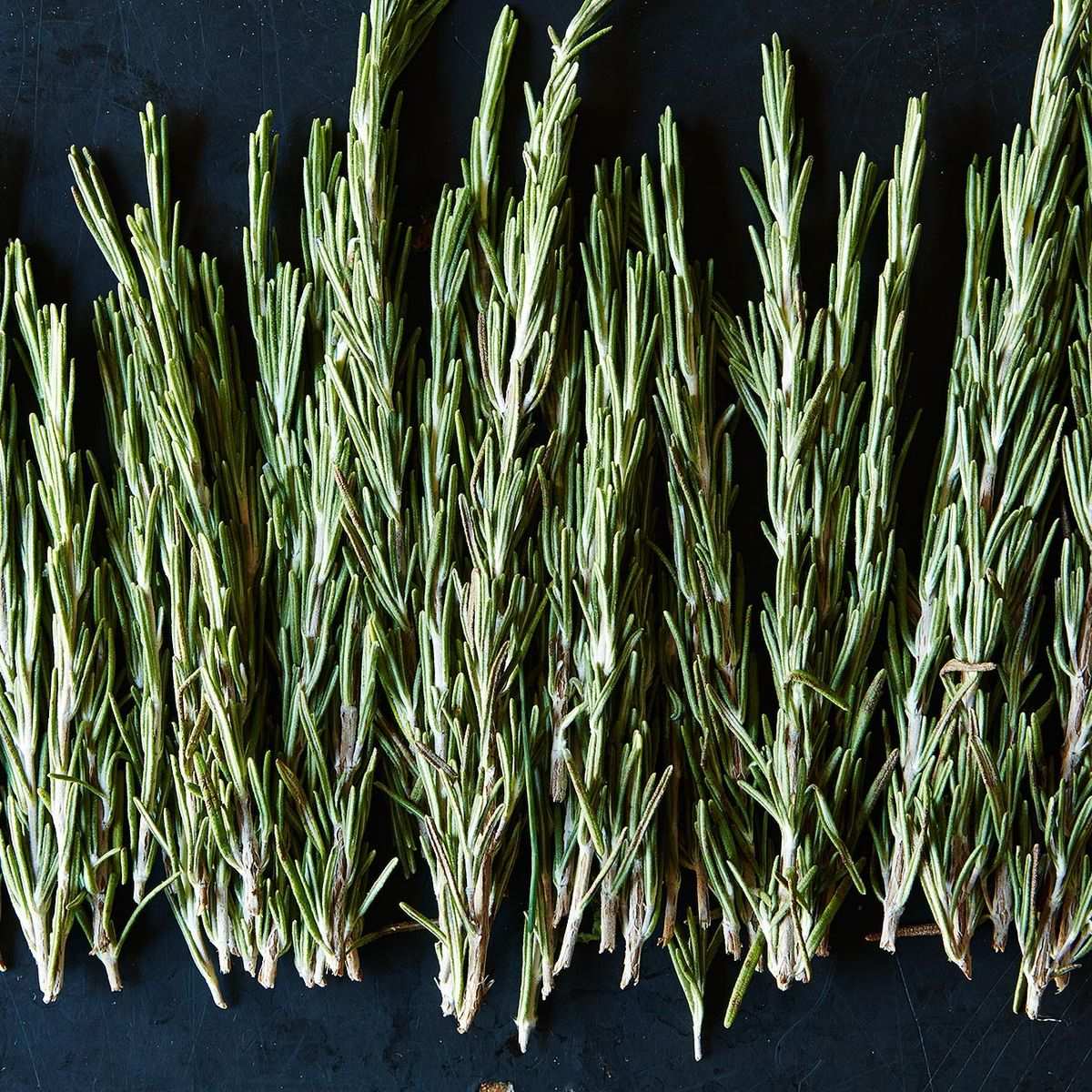
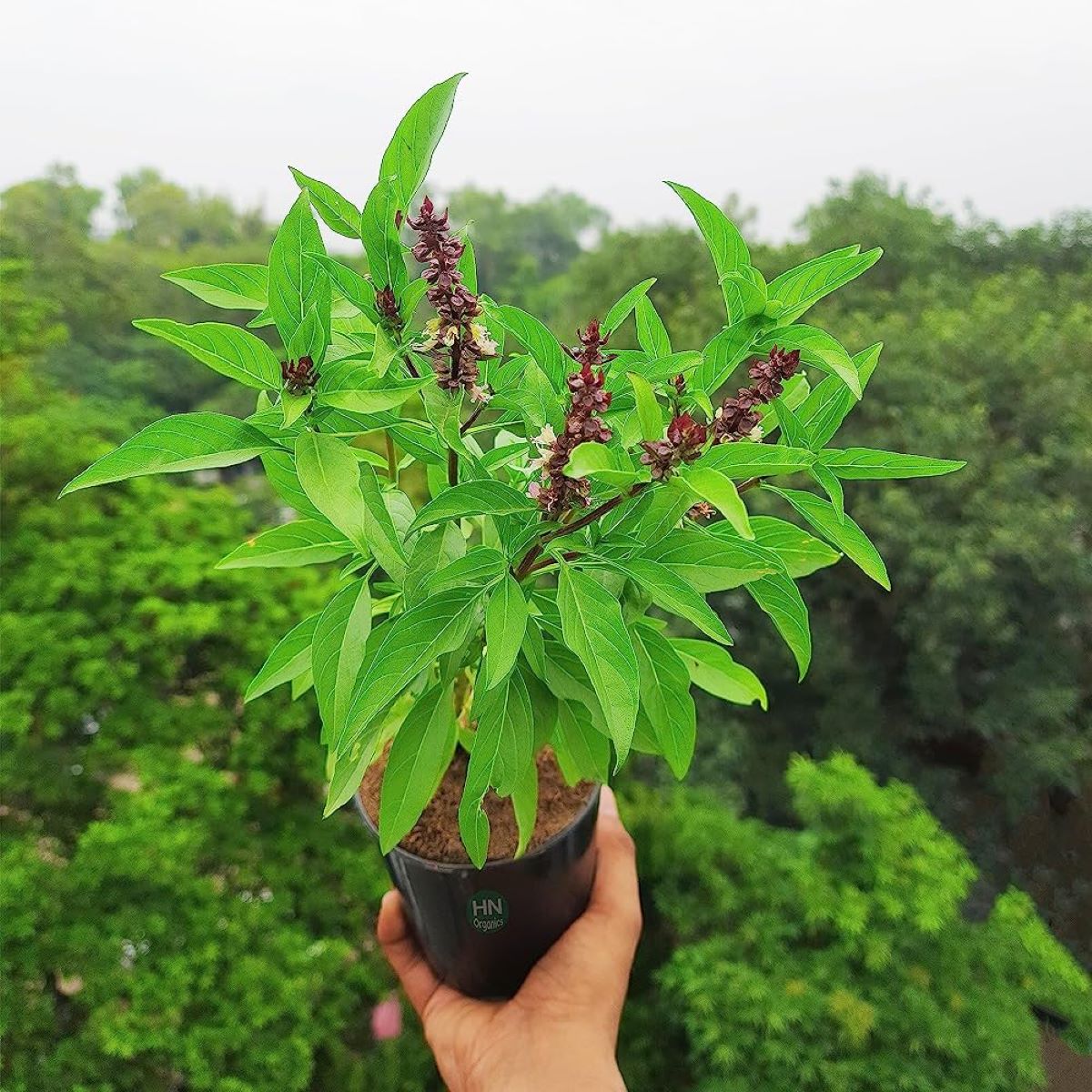
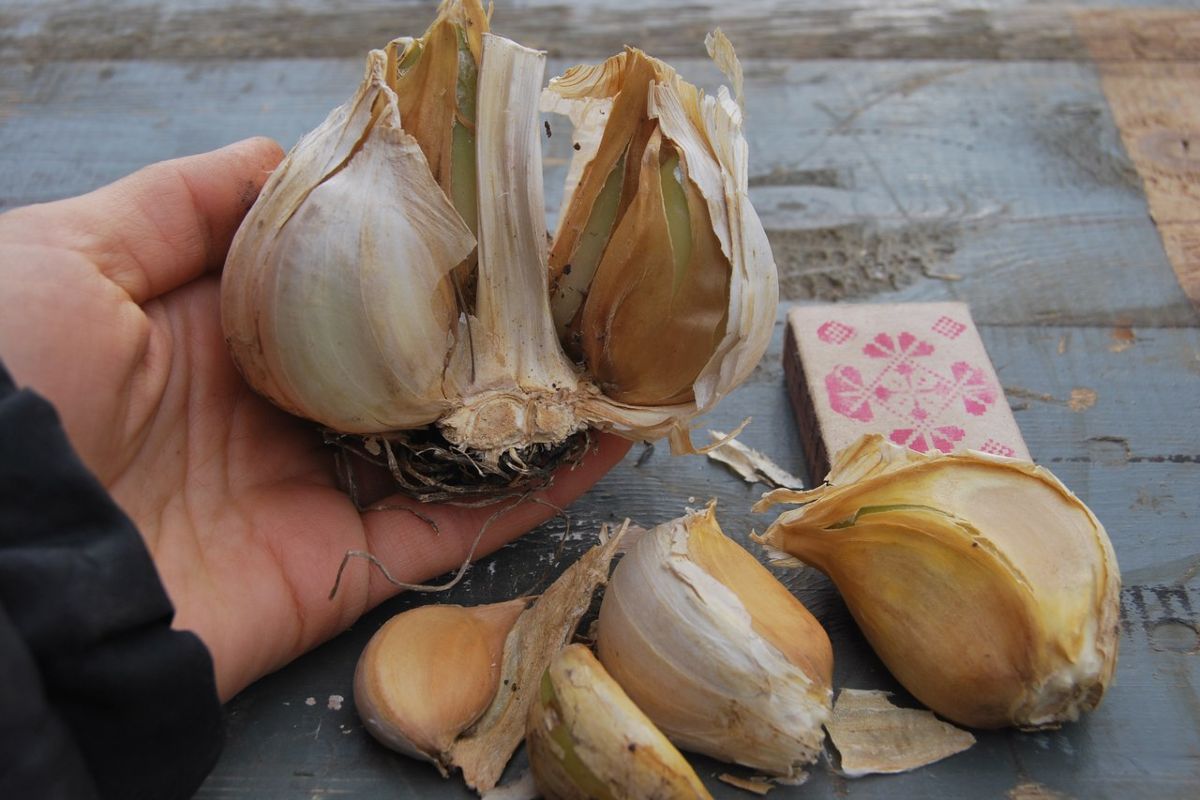
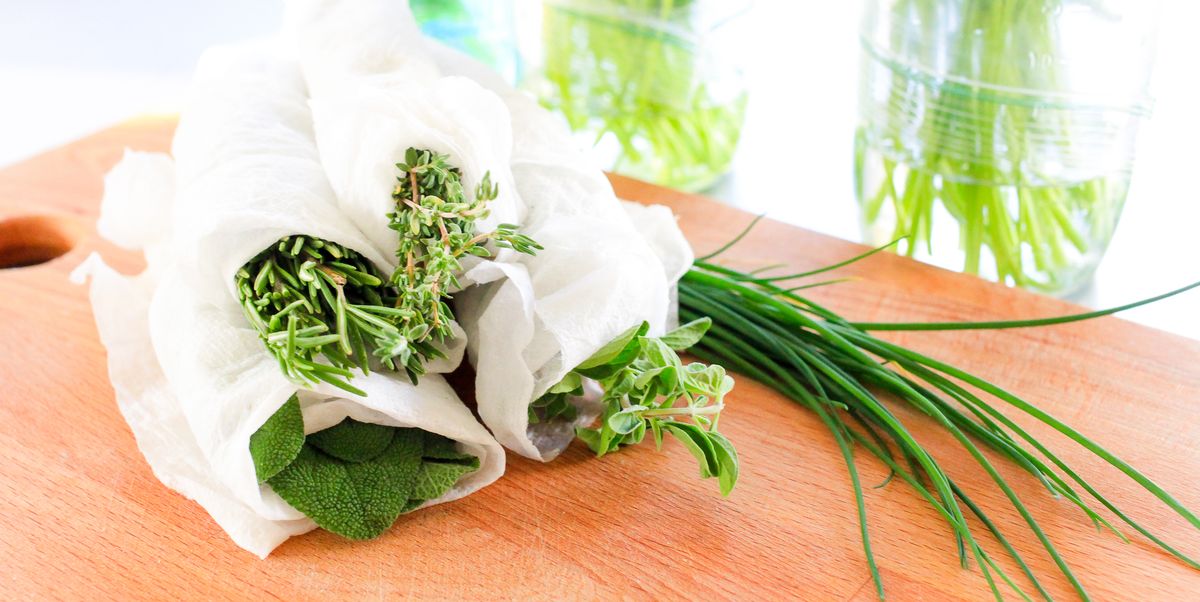
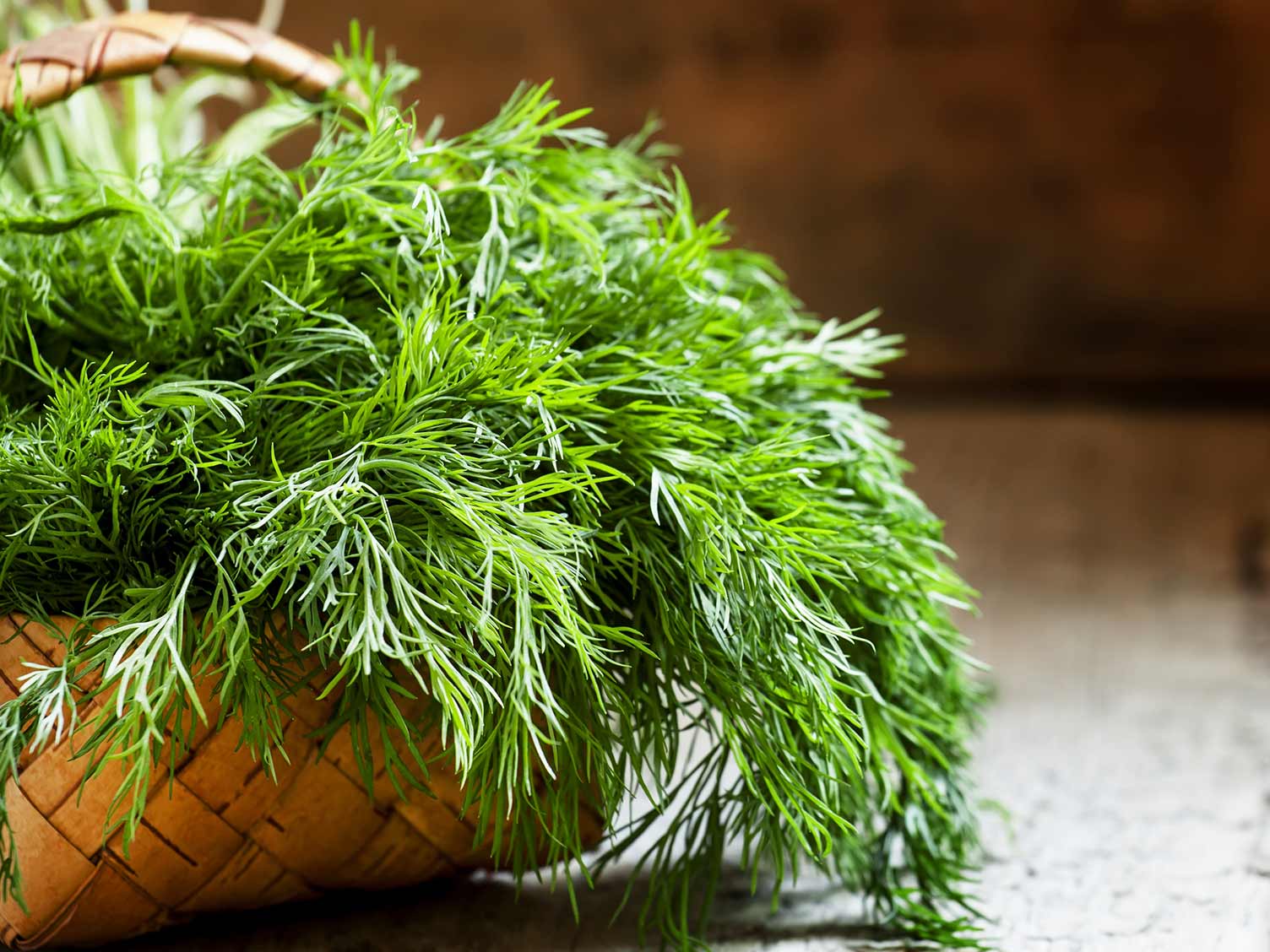
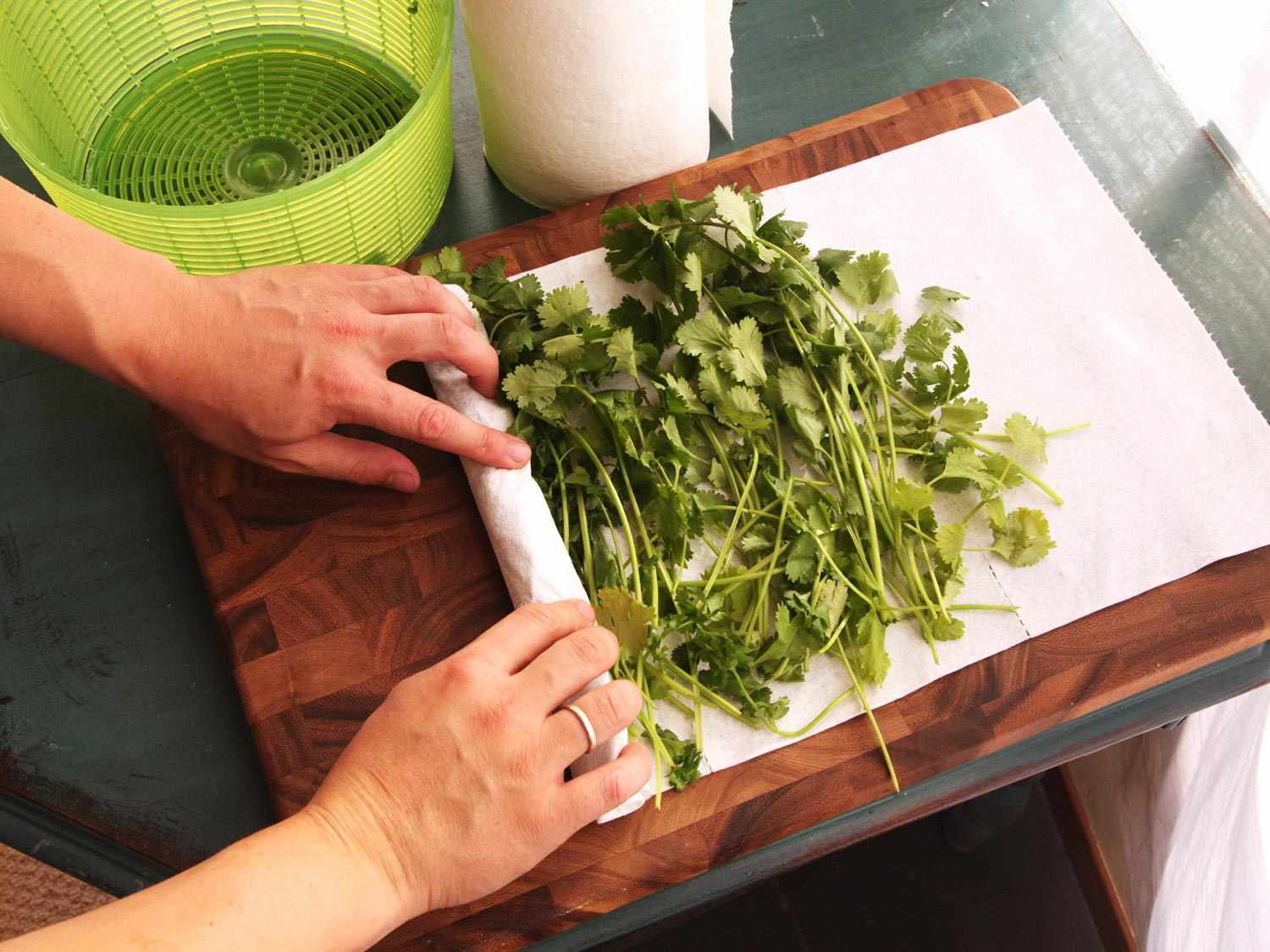
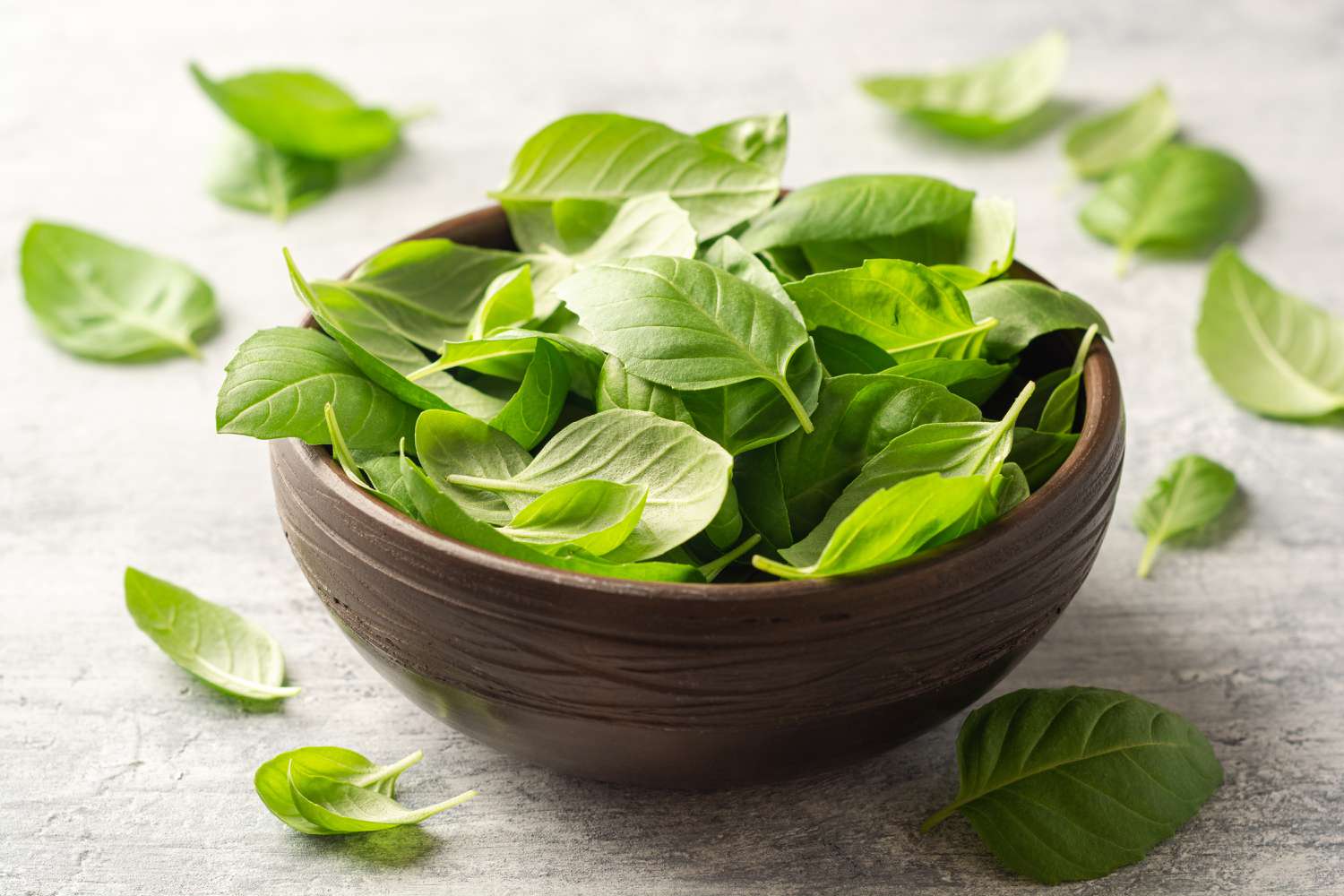
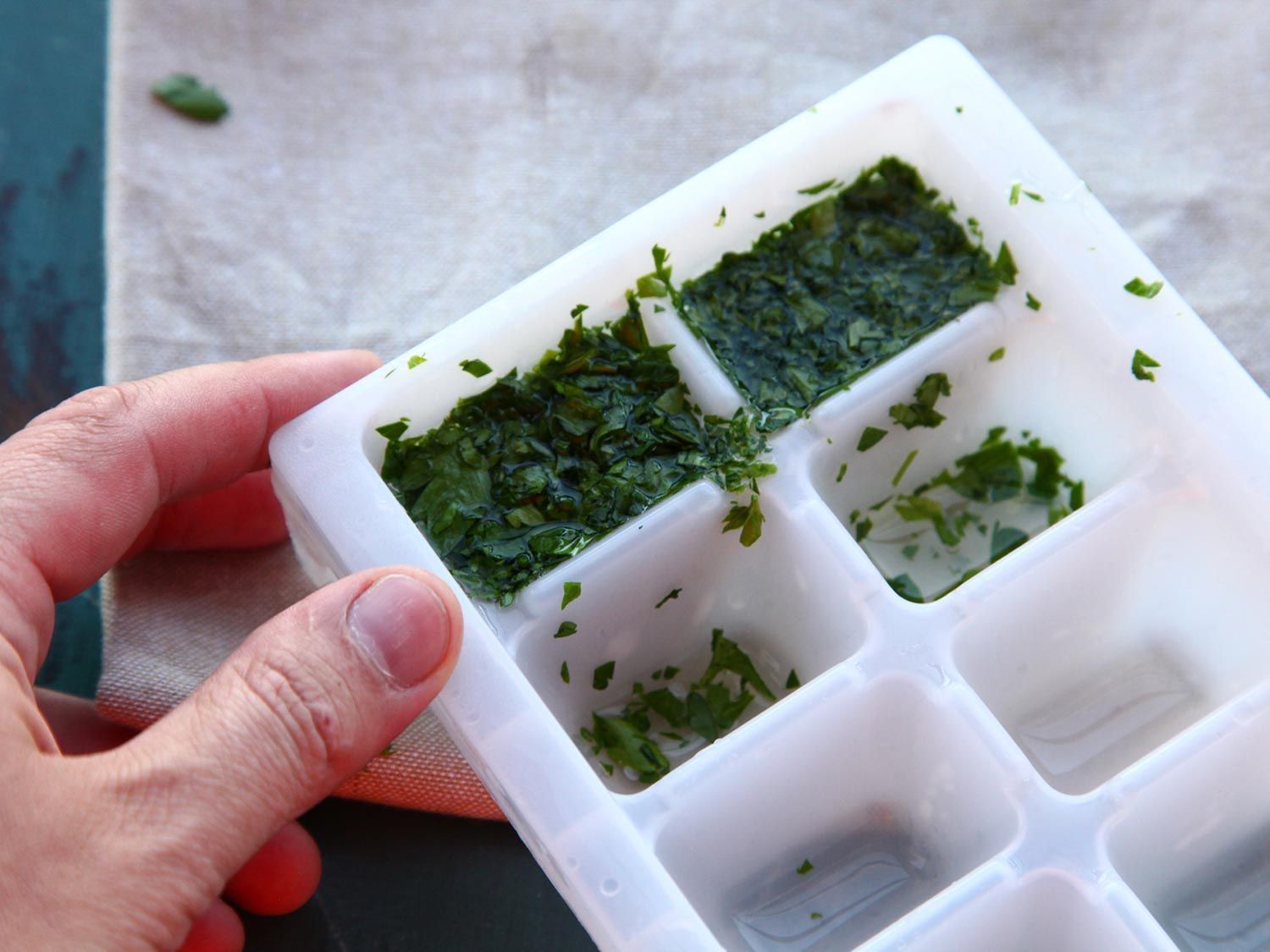
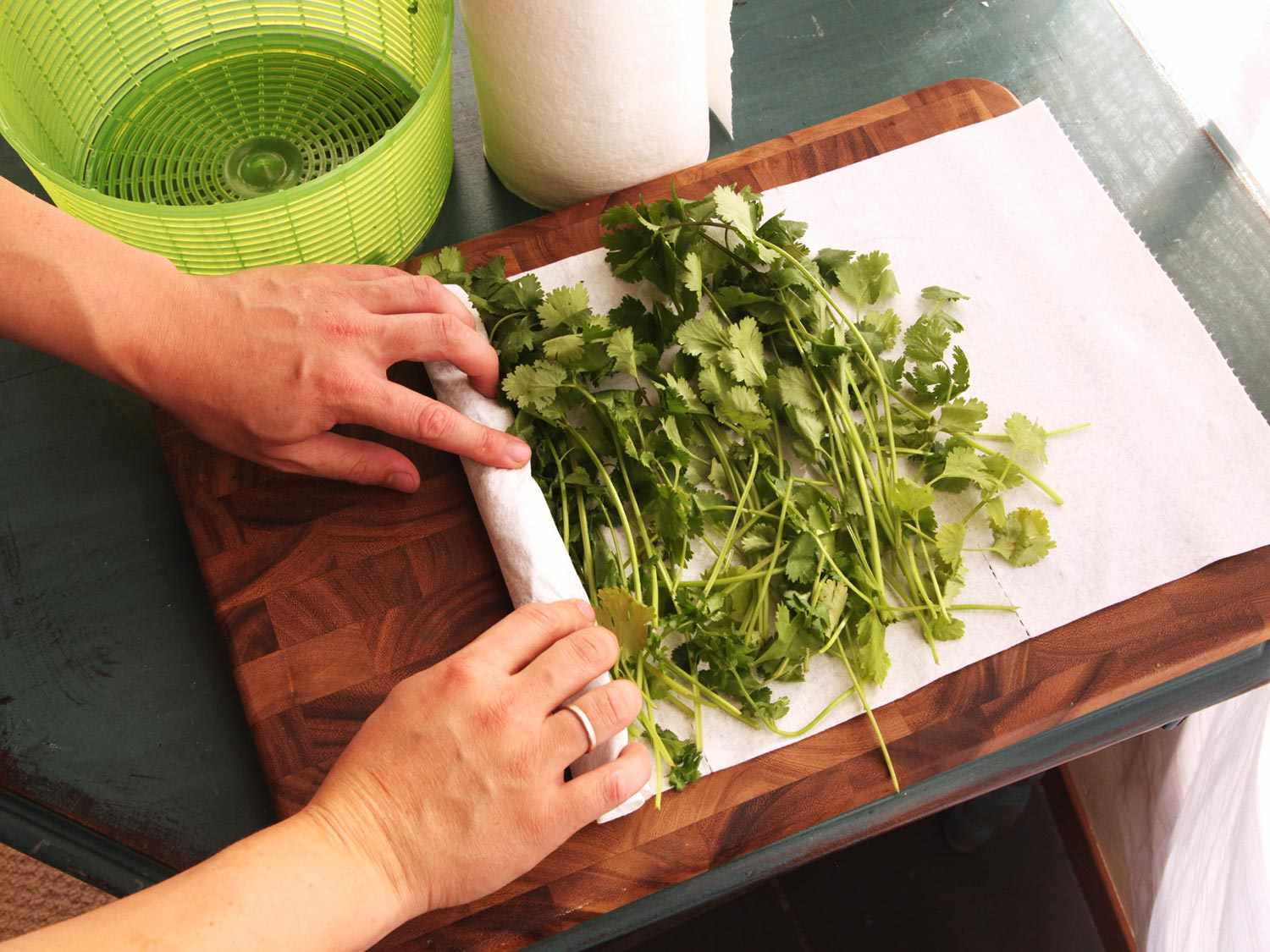
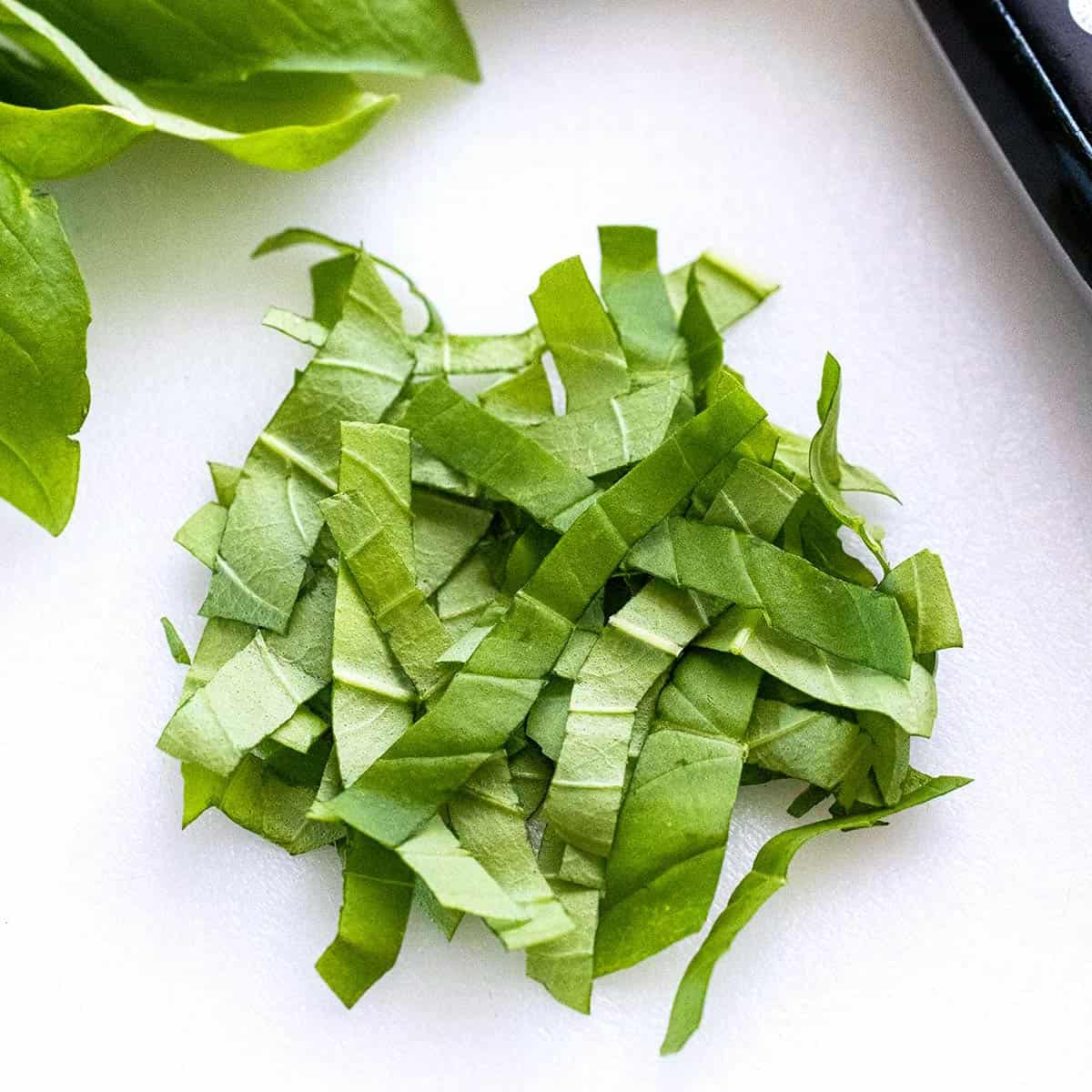
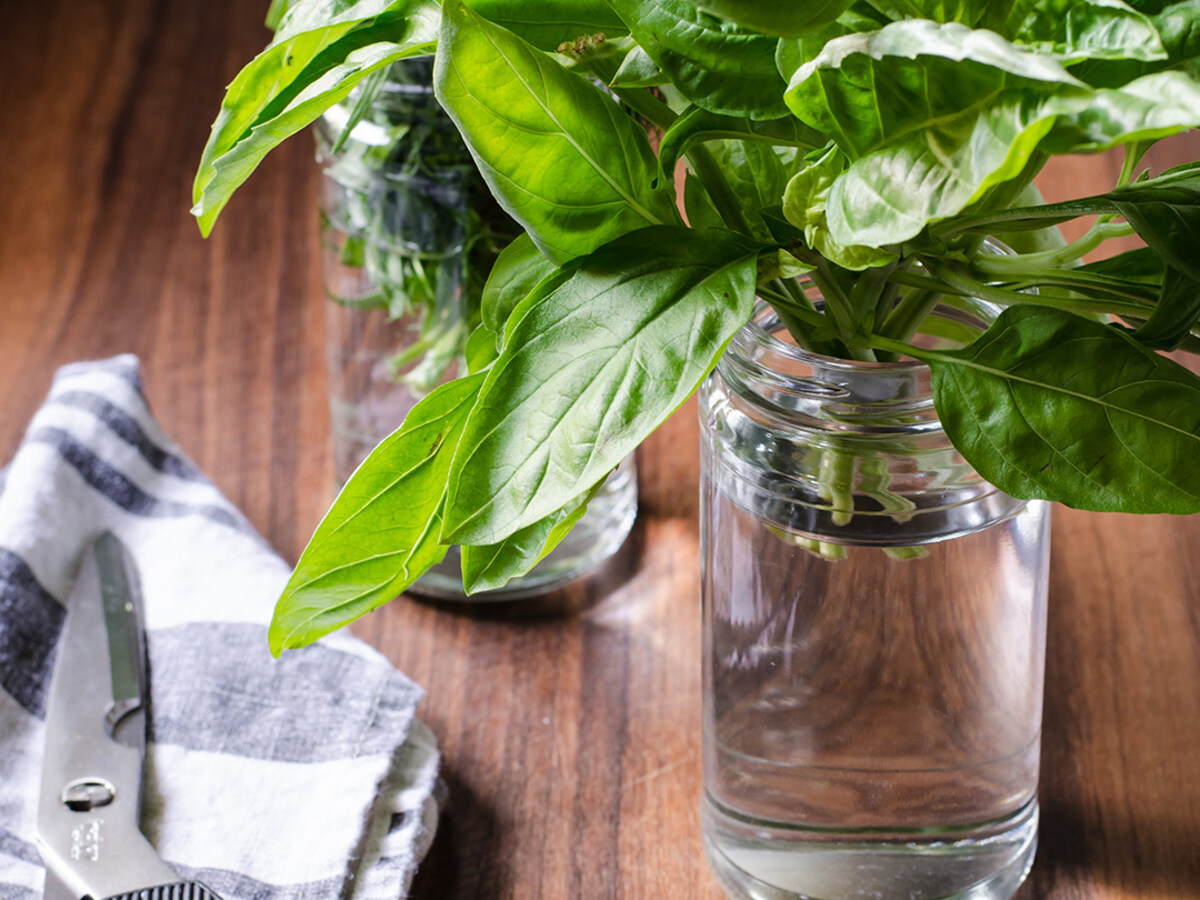

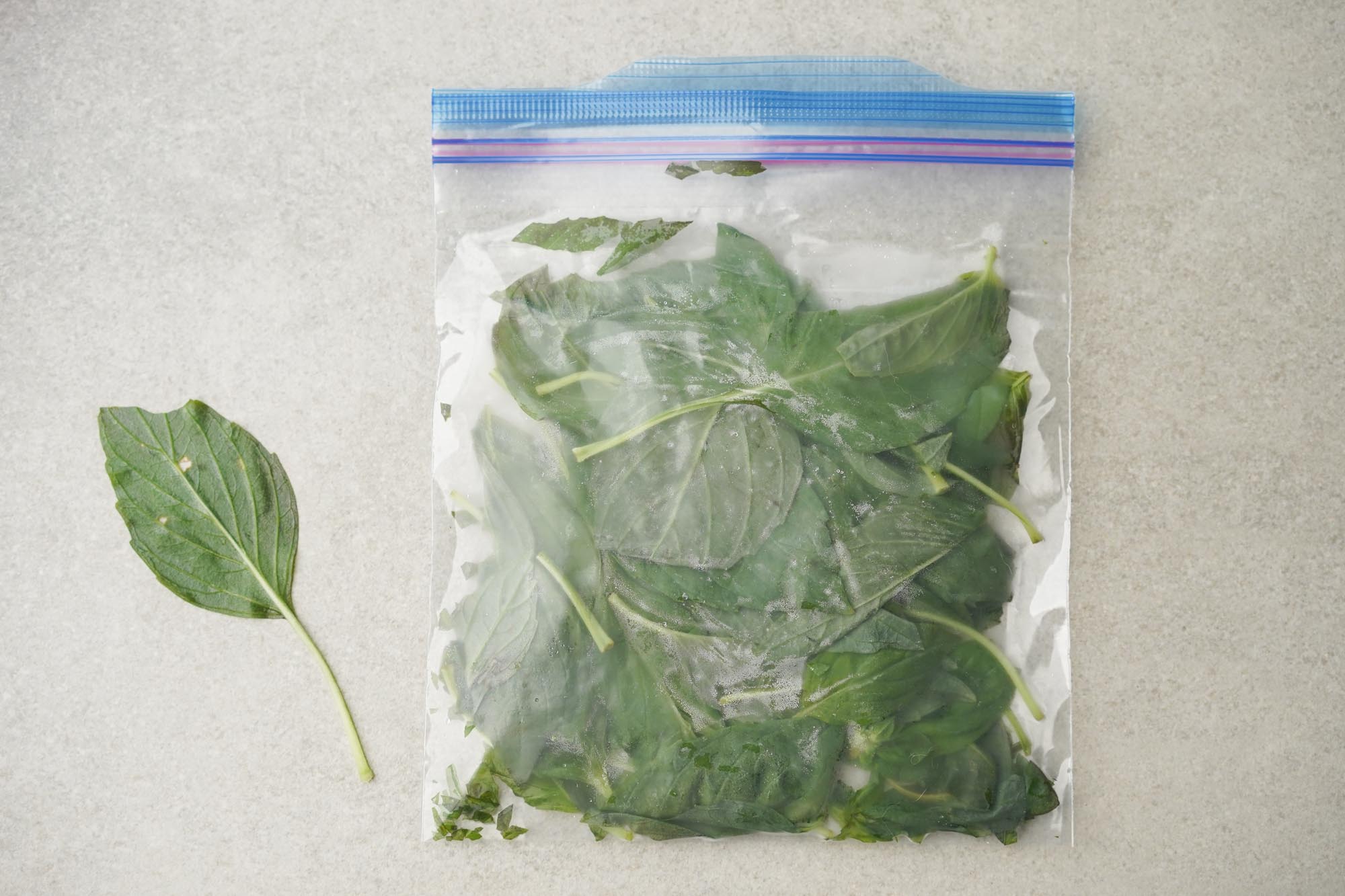

0 thoughts on “How To Store Fresh Basil Long Term”